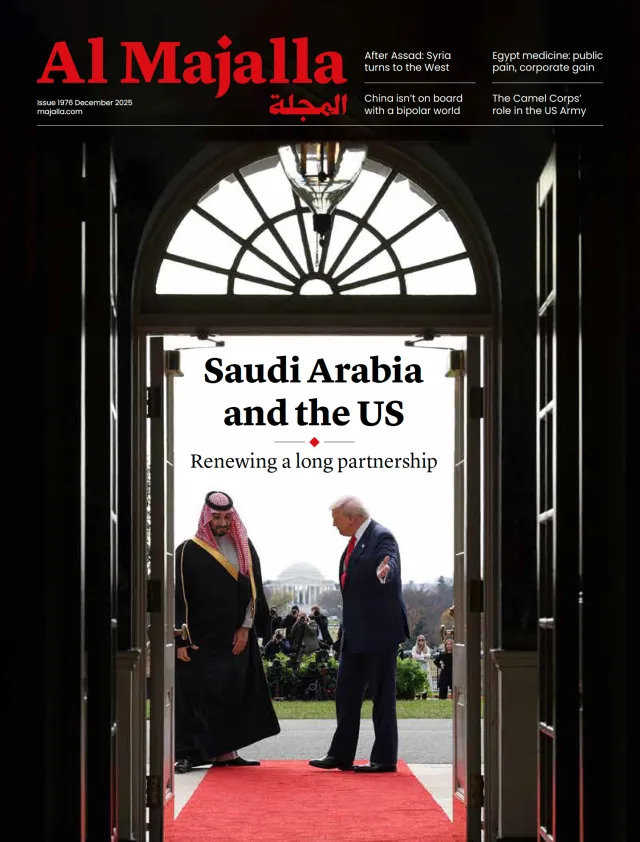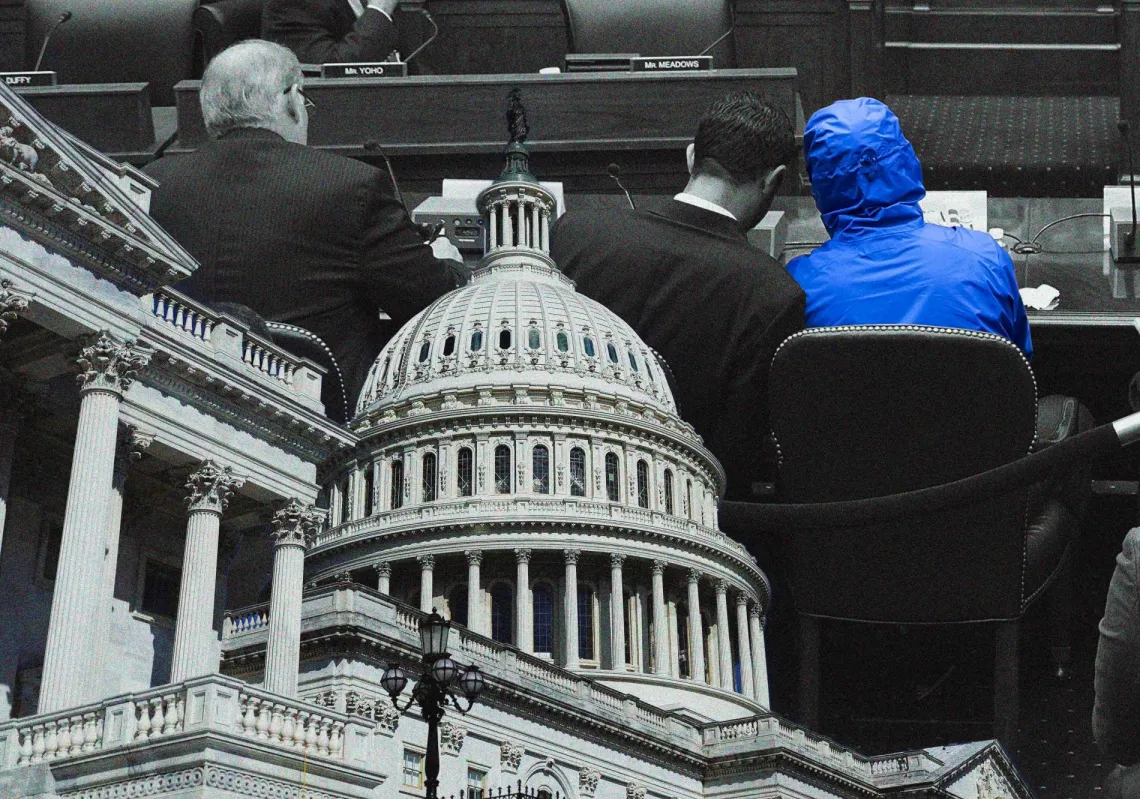US President Donald Trump promised to put ‘America First’ and ‘Make America Great Again.’ He is certainly doing the former. Many would query the latter.
Among his bold promises was the imposition of a 25% tariff on all imports from Canada and Mexico, along with a 10% tariff on Canadian energy exports unless people and drug (particularly fentanyl) smuggling into the US stopped. Howard Lutnick, Trump’s pick for Secretary of Commerce, described these tariffs as an emergency measure, warning that additional tariffs could follow (despite a free trade agreement being in place between the US, Canada, and Mexico).
On 2 February 2025, Trump accused Canada of exploiting the US. He railed against restrictions imposed by Canada on US banks and said the US did not need Canadian lumber, energy, or automotive products. Provocatively, he then suggested that Canada become the 51st US state.
In late November, outgoing Canadian Prime Minister Justin Trudeau visited Trump at his Florida resort shortly after his election win. Trump had just threatened to impose tariffs on Canadian imports over border concerns, and Trudeau was trying to address the issue early and defuse tensions.

Tariffs, baby, Tariffs!
Within two days of Trump signing the executive order imposing tariffs on Canada and Mexico, global markets were down. In Europe, stock markets suffered sharp losses; in Asia, there was severe pressure, and the cryptocurrency market lost $600bn.
Trump also hinted at imposing tariffs on most imports from European Union (EU) countries, warning that the EU would pay a hefty price for the decades-long trade surplus it had enjoyed with the US. In response, European central banks implemented measures to mitigate the impact of Trump’s tariffs.
As expected, Trump extended his tariff policy to cover all Chinese imports entering the US, adding an additional 10%. “Tariff is the most beautiful word in the dictionary,” he declared. But the Chinese were not the only ones having to recalculate.
Trump had earlier threatened to reclaim the Panama Canal for the US, proposed buying Greenland (even though it is not for sale), and said the US would own, control, and transform the Gaza Strip into the "Riviera of the Middle East."
He also stopped US foreign aid, renamed the Gulf of Mexico as the Gulf of America, sanctioned the International Criminal Court (for daring to prosecute Israel), and withdrew from the Paris Climate Agreement, the UN Human Rights Council, and the Relief and Works Agency for Palestine Refugees in the Near East (UNRWA).












